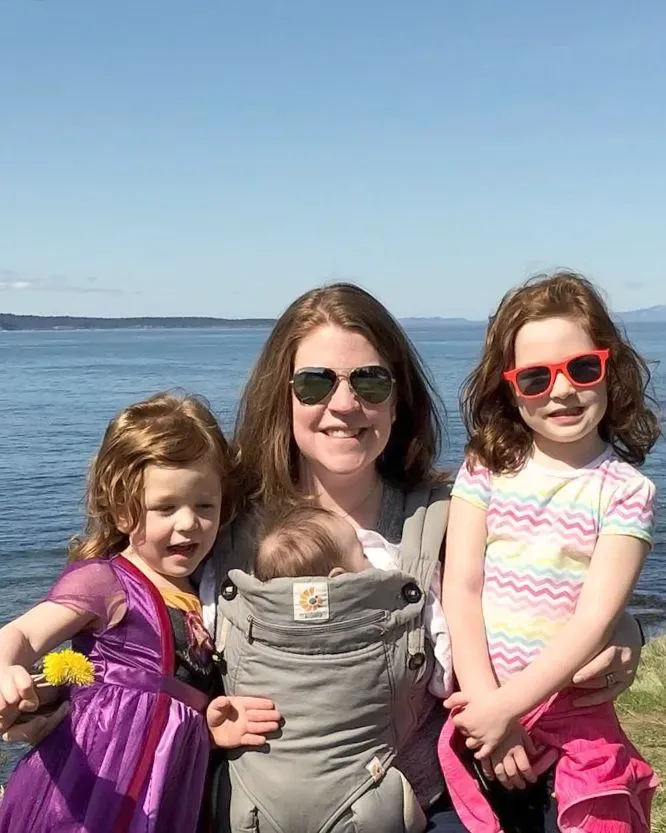
Providing Care Amidst the Physician Shortage
There aren’t enough trained candidates for all the unfilled physician jobs in the United States. It’s not a new problem, but we have new solutions.
October 22, 2020
The Physician Job Outlook is Simple: We Need More of Them
Trained physicians have long been in high demand in this country, and it’s looking like the physician shortage may get more severe over the next decade. A report from the Association of American Medical Colleges (AAMC) predicts that the situation will worsen, leaving the United States to face a shortage of between 54,100 and 139,000 physicians by 2033.
“This annual analysis continues to show that our country will face a significant shortage of physicians in the coming years,” says AAMC President and CEO David J. Skorton, MD in a press release from June 26, 2020. “The gap between the country’s increasing healthcare demands and the supply of doctors to adequately respond has become more evident as we continue to combat the COVID-19 pandemic. The challenge of having enough doctors to serve our communities will get even worse as the nation’s population continues to grow and age.”
It’s not just about family physician jobs. As we continue to face the pandemic, hospital-based, specialty physician shortages are of particular concern, including pulmonary specialists, critical care and emergency medicine physician jobs.
What This Means for Physician Burnout
There are some ways to ease the stress and anxiety of physician burnout. Dr. Annelise Manns, PsyD recommends that providers seek interpersonal connection through support groups. She encourages them to set boundaries to protect themselves whenever possible and to take breaks from work for sleep and exercise. Dr. Manns also helps the physicians she works with find licensed therapists to guide them through difficult times.
Empowerment and Telemedicine Tech Can Help
According to the AAMC report, there are a few ways the industry at large can shift to better function within the climate of the shortage—aside from training more physicians and other larger changes within the structure of healthcare. When possible, empowering physician assistants and nurse practitioners to provide additional care can take some of the pressure off the demands of physicians, as can incorporating telemedicine and telehealth into more practices.
PS&D’s parent company, Providence, created the Digital Innovation Group (DIG) to help meet society’s need for telehealth technologies. DIG has built several health-related tech businesses including Xealth and Circle (now Wildflower Health). Xealth is a digital prescribing platform that allows providers to prescribe directly through an electronic medical record system and patient portal. Circle is a family health engagement app that has since been acquired by Wildflower Health, a leading mobile health software company.
Dr. Mahmud Al Furgani is a firm believer in the value of telehealth and telemedicine physician jobs, for providers as well as the patients they serve. Telehealth often means patients get faster care, and they don’t have to take as much time off work or spend time commuting to the hospital or doctor’s office. There’s also the added benefit that new workflows are easier to implement via telehealth; technology is a good friend to innovation. Plus, telehealth services can lower patient cost and help increase revenue for practices and clinicians.
“I am a firm believer in it,” Dr. Al Furgani says. “There’s been a huge change, technology is booming and medicine is adapting. Soon, I don’t think anyone will be willing to take a half a day off work to see the doctor. Everything will be teleconsult. Which makes sense, because more than 75 percent of what we do can be done over the phone. It will be an important part of any healthcare institution.”
We're Working to Get Physicians Where They're Needed Most
In addition to promoting telehealth roles like Dr. Al Furgani’s, we’re helping hospital systems around the country hire for tough-to-fill and rural positions. We’re placing physicians in areas where they’re most needed while also matching candidates with roles unique to their aspirations. Many providers in underserved or rural areas are able to influence change and grow their skills, reach a higher earning potential and unlock a greater sense of community.
We found Megan Taylor a position as one of the only Certified Registered Nurse Anesthetists (CRNA) on Kodiak Island off the southern coast of Alaska. Taylor is able to thrive in her role because — along with the challenges of practicing in a rural area — she’s been given exciting new opportunities.
“I think what practicing in rural environments does for providers, and what it certainly has done for me, is it allows you a broad scope of practice,” says Taylor. “I order my own supplies. You don’t get to do that in bigger places. I sit on committees, because we need representation. I have a say on how things happen in our department. Small places really give you that opportunity to effect change in your institution.”
We hire more than 1,200 physicians and advanced practice clinicians like Taylor each year, filling primary and specialty roles 14 to 16 percent faster than in-house teams. We partner with dozens of health systems, handling everything from consultation with physician recruiters to full-scale recruitment services. Plus, we pay attention to each candidate’s professional goals, personal life and passions, so our hires have a 30 percent lower turnover rate than the national average. We find hires that set down roots in the communities where they’re placed.
With the physician shortage set to impact the industry for at least another decade, our commitment to innovative processes and people-focused hiring is stronger than ever. If you’re in the midst of your own clinician or physician job search, check out our open positions. Or if you’re looking for hiring solutions for your organization, learn more about partnering with us.
Additional Articles

Telehealth
One Doctor’s Journey Into Telehealth

Rural Medicine
